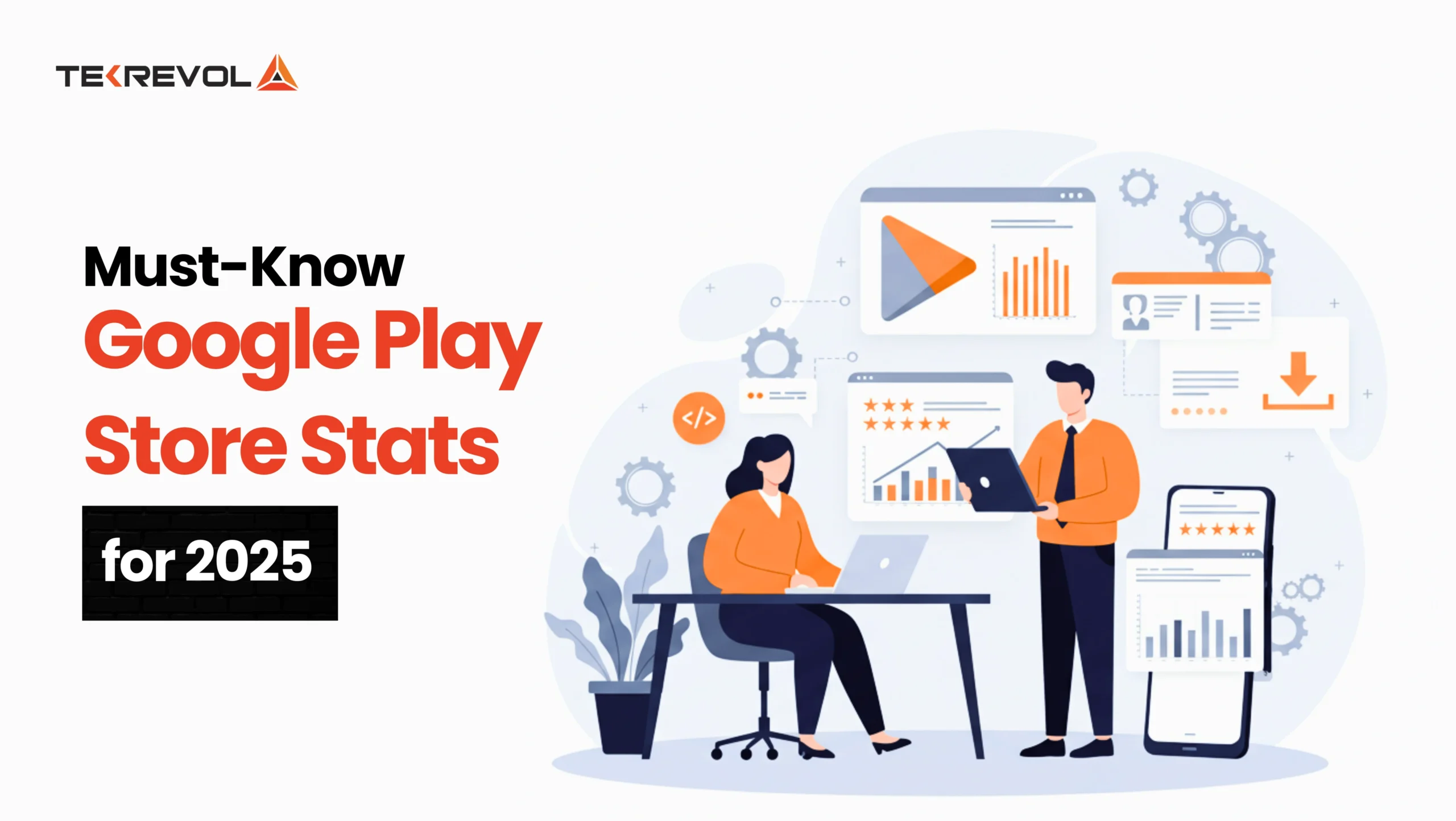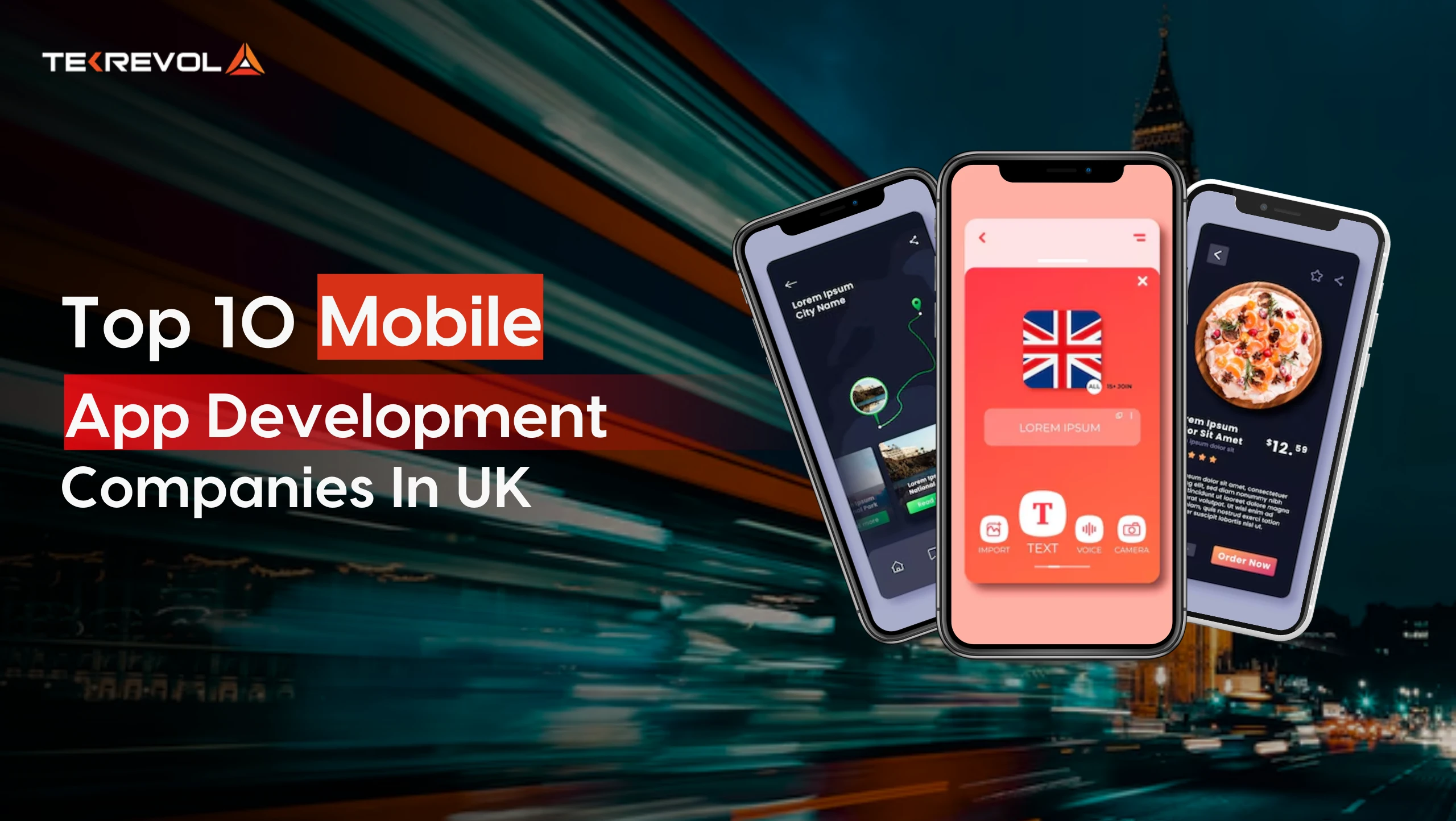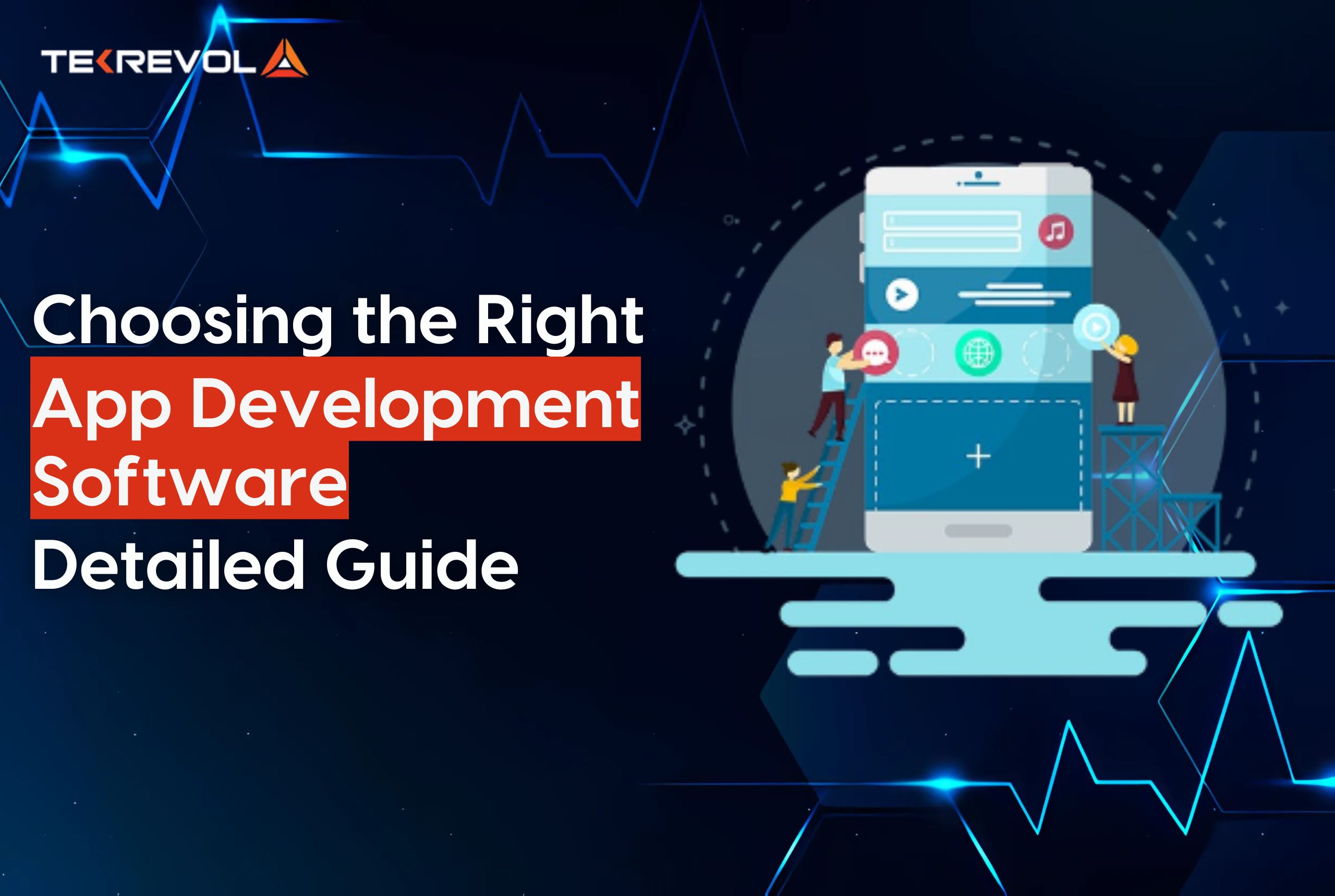If you are an entrepreneur struggling to find the right audience for your product, then it might make you feel better to know that you are not alone in this. According to Small Business Trends, the most common reasons for small businesses failing is not having a market need for their product.
With online tools and the latest technologies, the cost of launching a startup has progressively decreased. Moreover, according to CB Insights, it has never been easier for people to turn their idea into a startup business. New idea startups can find everything they need to introduce their product in the market within budget. However, it all comes down to connecting with your potential customers and making sure your product delivers to the needs and expectations of the audience.

Lean methodology for startups
If you have been part of the startup world for a while, you probably have heard of the term lean startup methodology. This system of developing a business was first introduced by Eric Ries, an American entrepreneur, in the year 2008. He further explained the lean startup strategy in his book called The Lean Startup: How Today’s Entrepreneurs Use Continuous Innovation to Create Radically Successful Business in 2011.
Click here to read more about the book.
The lean startup methodology is a system that revolves around solving a problem and highly efficient product development ways that positively impact the bottom line. Every startup is an experiment, it has risks associated with it, and the lean startup process drives you to find the answer to questions like:
- Should you create this product?
- Will it be possible to construct a successful business around your product concept?

Idea validation
Validating your startup idea is one of the major elements of lean methodology. It refers to the collection of data through different ways that test how effective and efficient your product concept is among your potential customers and how you can improve your idea to deliver better value. There are many ways in which you can validate your startup idea using the lean methodology, including:
1.Secondary research
Secondary research is usually the first step when you have a business idea that you want to see through. From existing research, articles, studies, white papers to statistics, doing competitive analysis and getting a better understanding of the industry is the primary purpose of this task.
If you have come up with a big idea, there is a good chance someone else might have had the same idea and implemented it or tried to execute it. Hence, competitive analysis is critical. You can start your research by searching your industry keywords on Google. As long as your competitors haven’t already taken over the entire market, a few competitors is always a good sign. The existence of competitors also validates your idea. Having competitors is not always a threat.

2.Social media and online ads
Questionnaires, surveys, social media outreach, and online ads, all are good outlets to connect with your target audience and get their feedback on your product idea. Social media and online ads are recently gaining more popularity, as they can help you cater to your target market, avoid the possibly awkward in-person canvassing and they allow a highly efficient structure of analysts.
Moreover, your ads can take your visitors to a temporary landing page that may give some more information about your product and include an email collection form. If landing page visitors are giving you their email information or submitting questions, that’s a great sign! It means people not only accept your product idea, but they are ready to engage with you and possibly make purchase in the future.

3.Email campaign
Email campaigns are still an effective way to engage, especially with business professionals. According to research by DMA 2018, for every $1 you spend on email marketing, you can expect an average return of $32.
If your target audience is companies, then cold calling or even social media might not be the best channel. Email is one of the best ways to communicate with B2B decision-makers and potential users.

4.Minimum Viable Product
One of the significant elements of the lean startup methodology process is to create, analysis and learn feedback, in a loop. Once you gain some initial product feedback, figure out the problem and make tweaks where needed, then is the time to develop your MVP. It takes your process of learning up a notch.
Eric Ries defines MVP as a “version of a new product which allows a team to collect the maximum amount of validated learning about customers with the least effort.”
As the name suggests, your MVP is supposed to be minimal. You start with determining the core features of your product that the target users need and you focus on these fundamental features for the first version of your MVP. Once ready, it’s time to experiment some more and continue learning and improving.
- Want to Validate your Idea?
Plan for the next stage
Once you receive a positive response on your MVP and determine the final features, look and feel of your product, it’s finally time to launch your startup.
There are not many entrepreneurs who achieve this after going through such a detailed and constructive analysis. The potential of your startup idea differentiates it from any other small business.
However, this is just the start, a long, productive and profitable business journey awaits you.

 2666 Views
2666 Views September 27, 2019
September 27, 2019









